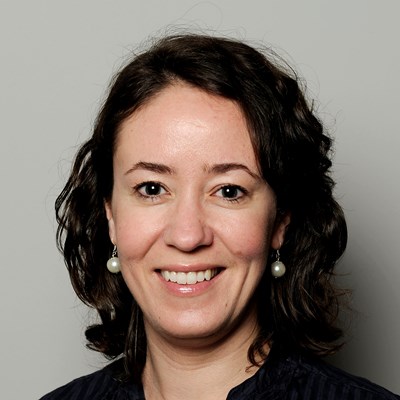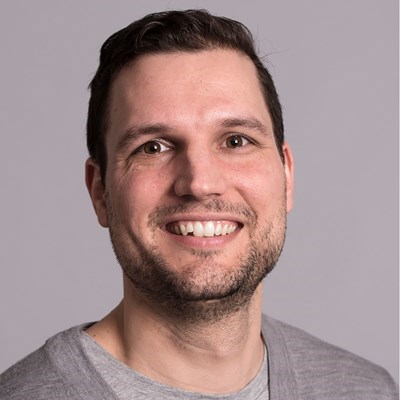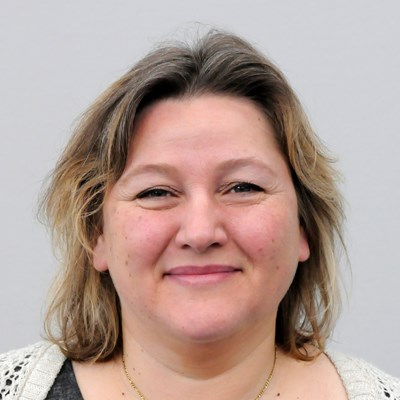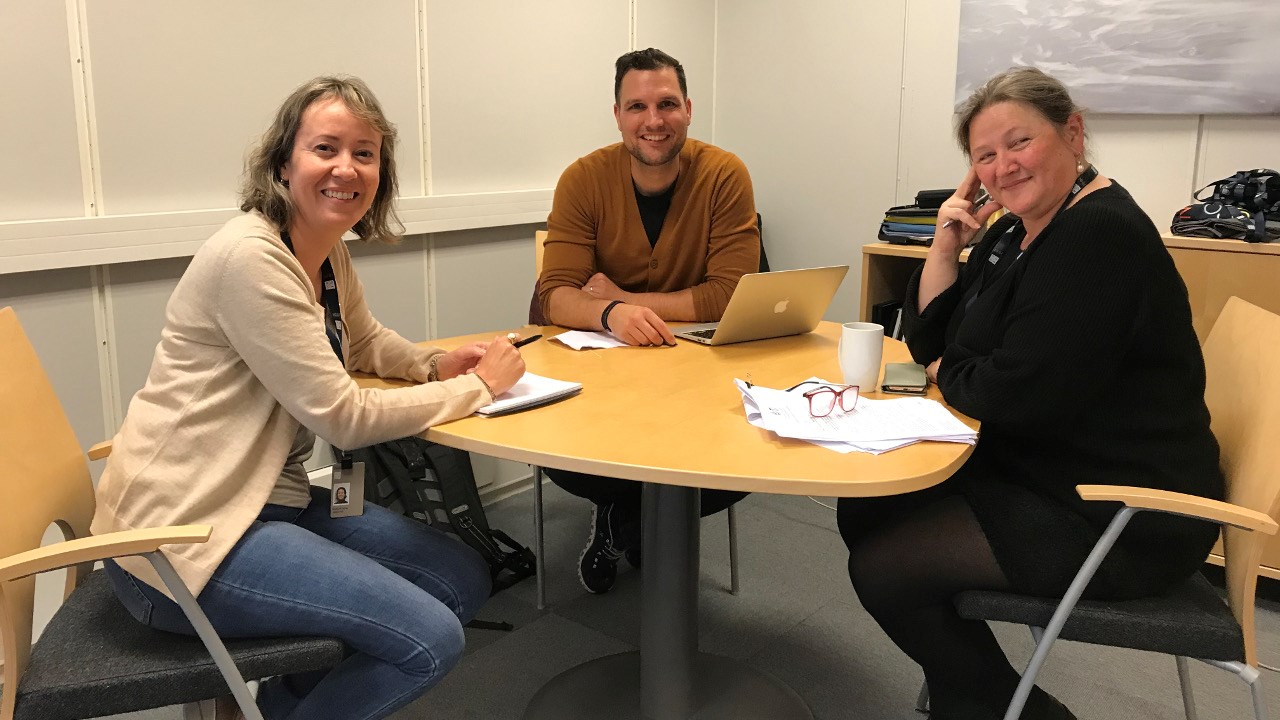2. Collecting information and thinking about the goals
Today, we had a gathering of the core project team. It consists of Stella Angove and Ann-Mari Haram from the Section for International Relations and me.
 |
 |
 |
| Stella Kristine Angove | Steffen Juranek | Ann-Mari Haram |
After long discussions over the past weeks, we also made an important decision: We will organize the Innovation School with partner institutions in Germany.
The motivation behind this decision is strongly affected by the goals that we aim to achieve. Against the background of goal 1 (lower costs for students) and goal 2 (a more sustainable program), it became clear that an Innovation School in Europe is the natural choice. An Innovation School in Europe means lower costs because there is no need to apply for visas, travel costs are lower and costs of living tend to be lower. Additionally, students will be eligible for Erasmus+ funding.

Shorter travel distances also imply a reduced environmental footprint, and we can also rely on existing administrative resources because of the same time zone.
Finally, there is also the consideration of “fit to the program”. The Innovation School is a program with a focus on innovation in organizations – in contrast to the Gründerskolen which focuses on entrepreneurship. That fits the European innovation landscape very well as in Europe innovation takes place to a much larger extent within organizations as compared to the US.

Why then Germany? When making the decision, we had three criteria in mind. First, we need a region or country that has the capacity and competence to develop a high quality academic program with us. Second, the region/country has to have the potential to accommodate 30-40 students with internships. After looking on the map of the most innovative regions in Europe, Germany turns out to be the prime candidate. The Norwegian Economy is closely connected to the German economy, and importantly, German companies are among the most innovative in Europe (and the world). Germany also offers a heterogenous industry structure, allowing our students to get in contact with a wide range of industries. A feature that will be beneficial for the teaching program in which we will make sure that students learn from one another.
Finally, we discarded the idea of multiple countries. Dealing with only one foreign language and a relatively homogenous culture allows us to prepare our students properly for their practical experience.
After we made that decision, we are now confronted with the following challenges:
- Finding one or multiple partner institutions for the program. We will consider two potential set-ups, an exchange program with a partner university or a program for a fee.
- Acquiring 30-40 internships. This is probably the biggest challenge for us and it will be interesting to see how open German companies are open towards non-German speaking students.
- Identifying funding sources to finance our activities.
- We do not want to lose track of our third goal (embed the program in NHH’s organization), and we plan to intensify the exchange with the different stakeholders, the students, the study program administration and the other faculty to name a few.
We will keep you updated on the future developments.
December 2019,
by Steffen Juranek
Photo (Germany) by AC Almelor on Unsplash
Back to Innovation School
Our Blog: Behind the scenes
- 14. Very good news just before Christmas
- 13. Admission letters sent out
- 12. Application deadline
- 11. Funding application submitted
- 10. Update on the program
- 9. Marketing material ready
- 8. Planning for the internships and hiring student assistants
- 7. Presenting our project to the Academic Committee
- 6. Expanding the project team
- 5. Corona Update
- 4. Acquiring internships and a potential funding source
- 3. Identifying partner institutions
- 2. Collecting information and thinking about the goals
- 1. Starting the project